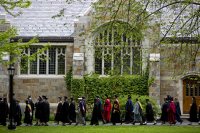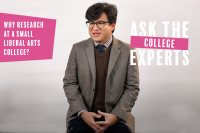
A $1.34 million grant to Bates from the National Science Foundation will position the college to play a crucial role in the study and teaching of solar activities that have a great impact on Earth.
With the grant, Bates will appoint a new tenure-track professor in solar-terrestrial physics, which explores interactions between the sun and Earth’s magnetic field and atmosphere. Appointed within the Bates Department of Physics and Astronomy, this will be the first faculty position of its kind in Maine.
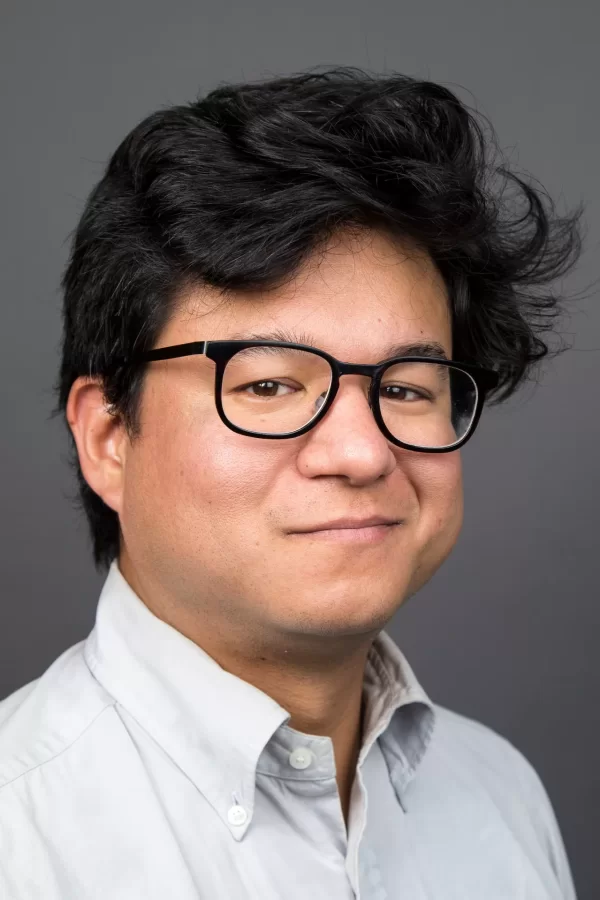
“This funding represents a significant investment in our ability to expand research capabilities, augment the curriculum inside and outside the field of physics, and inspire Bates students to become scientists who grasp the broad and interdisciplinary implications of solar-terrestrial research and knowledge,” said Malcolm Hill, vice president for academic affairs and dean of the faculty.
The new grant is from the NSF’s Faculty Development in geoSpace Science program, which seeks to spur the integration of geospace science into U.S. higher education and the training of the next generation of geospace science leaders.
“Solar physics is a discipline of pressing importance, as solar processes affect communications and power systems,” said Associate Professor of Physics Jeffrey Oishi, who chairs the Department of Physics and Astronomy at Bates and is the principal investigator for the grant.
“These impacts affect all aspects of modern society via disruptions to communications and power generation. Solar physics is an unusually rich intellectual discipline, relying on a wider range of subfields of physics and computation, and having strong ties to geophysics, atmospheric science, climate science, and environmental studies.”
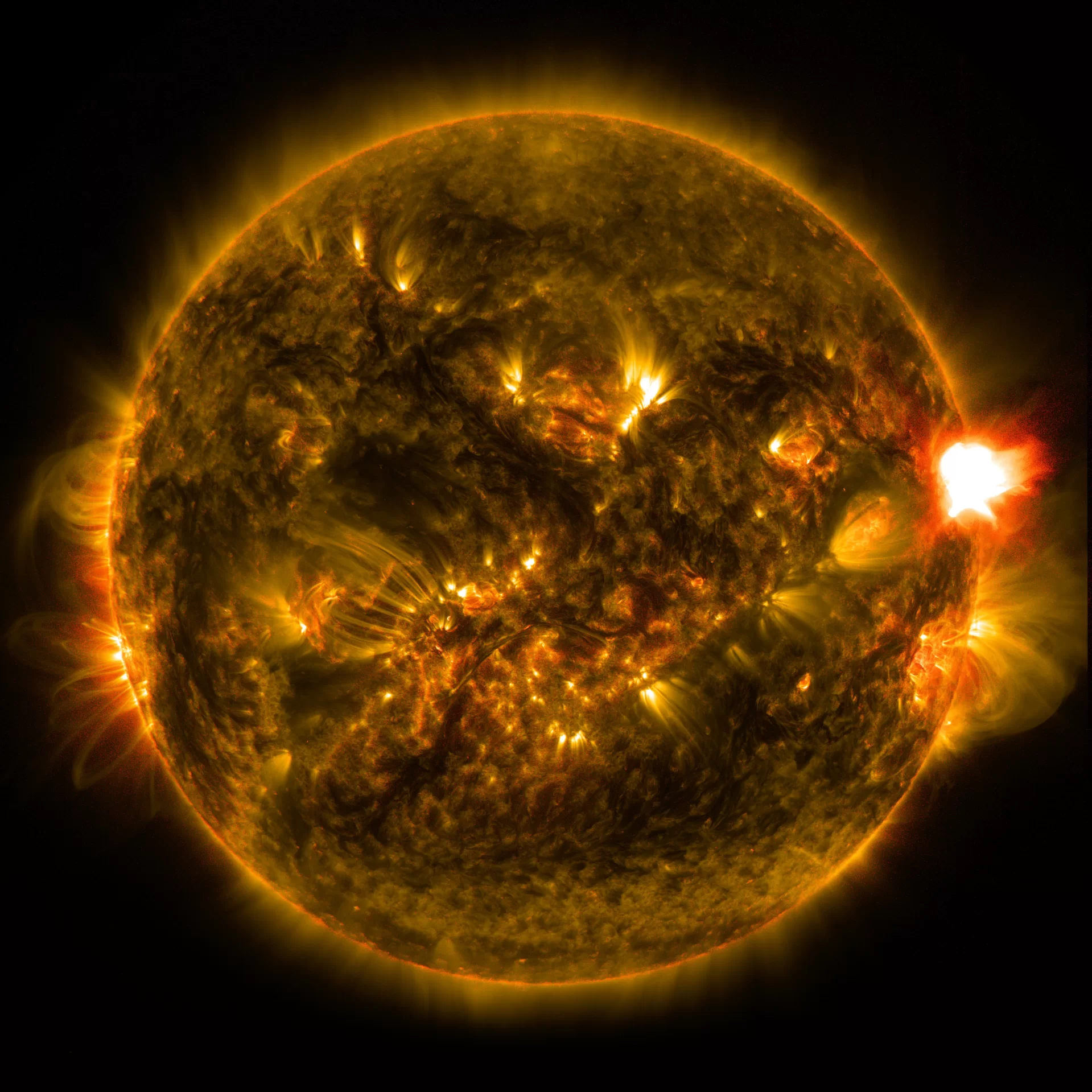
In creating the first-of-its-kind faculty position at a Maine college, Bates expands its already outsized capacity to contribute to STEM research, ranking second only to the University of Maine in terms of STEM research and development expenditures per student.
Bates physics professors have an already broad range of expertise, including ultracold atomic physics, with a major research project ongoing in the Cold Atom Laboratory aboard the International Space Station; extragalactic astrophysics, including groundbreaking research recently published in Nature; theoretical fluid mechanics and plasma physics; and frequency-comb spectroscopy.
“Many of our students are deeply interested in the intersection of physics, the environment, and policy.”
Jeffrey Oishi
The NSF grant includes funding for student researchers to work in the professor’s lab during the summer. Bates students take an active role in faculty research, and Bates physics majors attend graduate schools at a rate of 40 percent, well above the national average (15 to 30 percent, depending on measure).
The NSF grant also positions Bates to introduce new geospace topics into the Bates curriculum, both within the physics department and in related interdisciplinary programs, such as environmental studies.
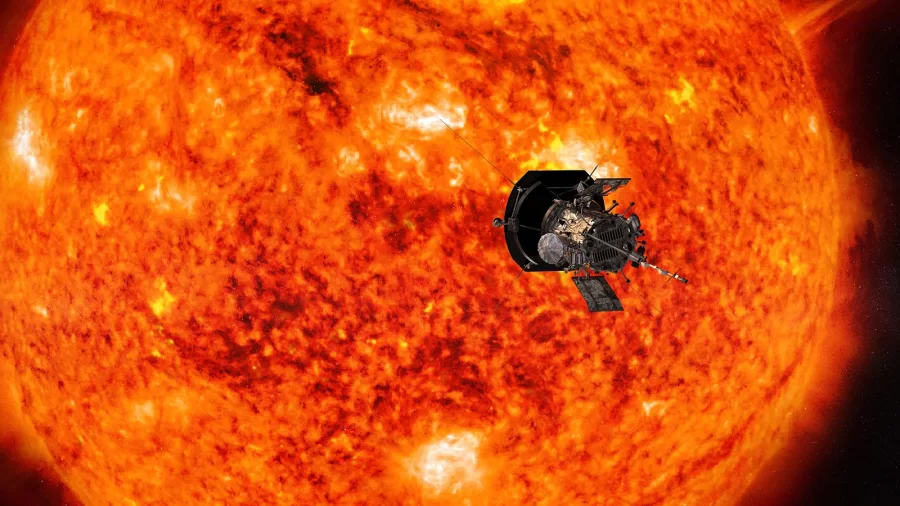
“Many of our students are deeply interested in the intersection of physics, the environment, and policy,” said Oishi. “For example, a new faculty member will give Bates the capacity to develop a course that considers the implications of solar-terrestrial interactions on our technology-driven society.”
While the literal focus of solar-terrestrial physics teaching and research are out of this world, much of the work is down to earth.
“Our new colleague will have the support and the opportunity to connect with innumerable space science efforts, including those in Maine that seek to contribute to the state’s economic growth,” said Hill.
“A solar physicist at Bates will also be able to forge regional connections with major solar and geospace research institutions. Finally, our student-centered approach to physics research will educate Bates graduates who are trained in geospace sciences and prepared either for graduate study or immediate entry into the workforce.”
This material is based upon work supported by the U.S. National Science Foundation under award No.2347922. Any opinions, findings, and conclusions or recommendations expressed in this material are those of the author(s) and do not necessarily reflect the views of the U.S. National Science Foundation.

